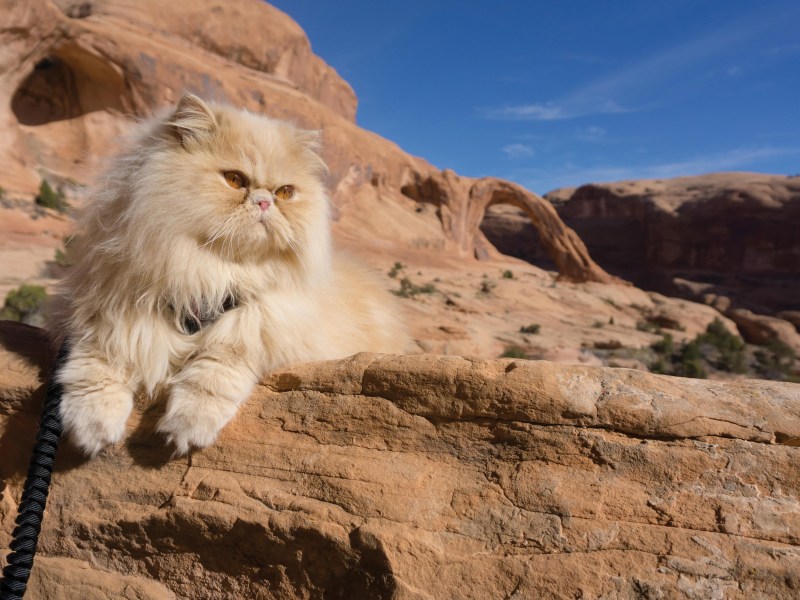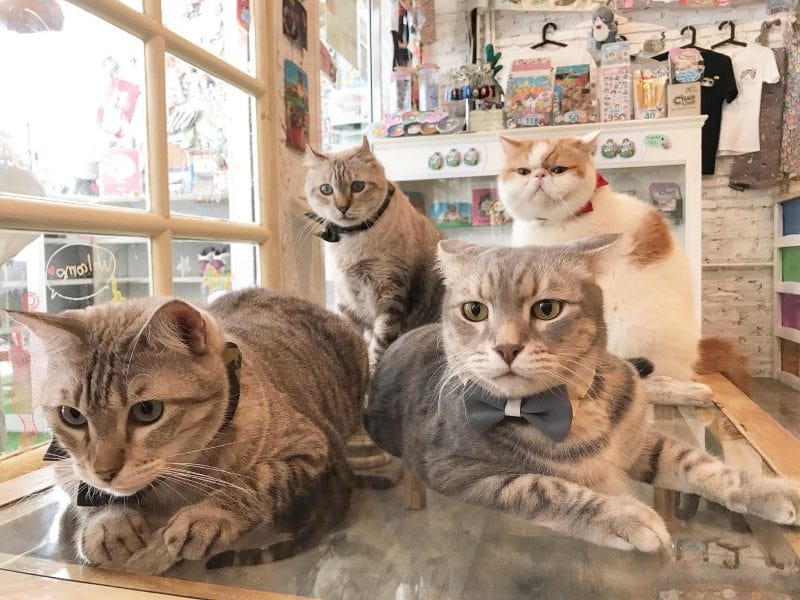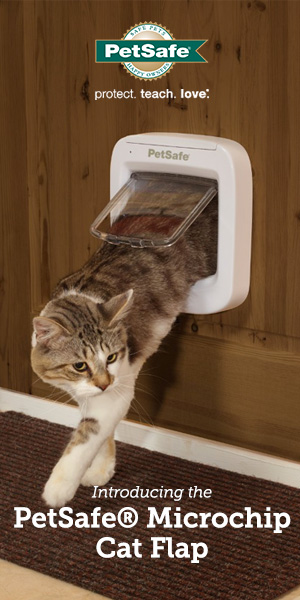Pets are portrayed as lazy and deceitful. However, anyone who has a pet at home knows that they are often full of energy! Although this behavior is more common in puppies, sometimes we find very lively adult pets. Therefore, it is common to think: do I live with an overactive cat?
Other common questions arise: do pets also have mood disorders? How do you deal with a cat that is full of moods? Keep reading and learn more about hyperactive cats!
Is my cat hyperactive?
Before we talk about pet hyperactivity, it is important to know when the behavior differs from others. After all, aren’t cats lazy? Veterinarian, explains that pets can also have a lot of energy to spend, and that kitten cat is hyperactive by nature.
“Puppies are usually the most agitated,” says the veterinarian. “But adults can also be lively. It will depend on the cat’s breeding”, she adds. We should also not forget that pets have personality. Often, the four-legged son is a little more energetic than the others.

Overactive cat: an old behaviour
An overactive cat is often so by nature. After all, although they are cute and calm pets, we must not forget that cats are little beasts! Studies indicate that despite being domesticated for more than 3,000 years, they still behave as if they were in a jungle.
That’s why every pet movement is so important. Playing, jumping and running are part of their predator training! And make no mistake when you watch your pet sleep in broad daylight. Felines are nocturnal animals, and much of the pet’s energy is spent at night. It’s all part of their natural behavior.
However, this phase of training to become a beast doesn’t last that long, so the pet realizes that he doesn’t have to work hard to earn his meal. With his cute little way and occasional fondness, his bowl is always full of feed! That’s why adult cats are usually more peaceful.
When can it be a problem?
Although it’s common to find more agitated cats, veterinarian reminds us that in some cases this can be a problem. When aging cats have great agitation, one should pay attention. In some cases, there is the possibility of being faced with a disease: hyperthyroidism.
The thyroid is a gland that produces hormones for the proper functioning of the body. In the case of hyperthyroidism, these hormones are produced in excess. With this, the pet can become more electric than normal, besides presenting other symptoms.
The signs of hyperthyroidism in cats are:
- Unusual agitation;
- Weight loss;
- Excessive thirst;
- More frequent urination,
- Vomiting.
If you notice any of the above symptoms in your friend, look for a vet. The specialist will be able to perform tests and pass the correct treatment, if necessary.
Besides, veterinarian reminds us that cats are unlikely to change their behavior after adults. So if your four-legged son was quiet and suddenly became more agitated, there may be something wrong.
Giving the necessary attention
Besides the cases where the hyperactive cat has symptoms of a disease, often the pet needs another remedy: attention. It is important to remember that pets, just like any other pet, need certain care.
Although they adapt better than other pets in small environments, cats also need to spend their energy. Since cats don’t like to go out for a walk on a collar, it is up to the tutor to find solutions to calm down a restless cat. Play and exercise are essential for a good quality of life.
Environmental enrichment: a help for an overactive cat
If you have an overactive cat at home, environmental enrichment can be a great help. This practice stimulates the feline to have fun autonomously, simulating some of his basic instincts.
They are toys and activities that somehow simulate the natural environment of the pet. Besides, they make the home more pleasant for the animal. A common example are the toys that have a food inside and that the cat needs to make an effort to take out.
In this way, the pet gets the feeling of satisfaction when performing the task, something like hunting. Besides this stimulus, the cat still has long moments having fun with the toy. A great help for those who need to calm hyperactive cats!




